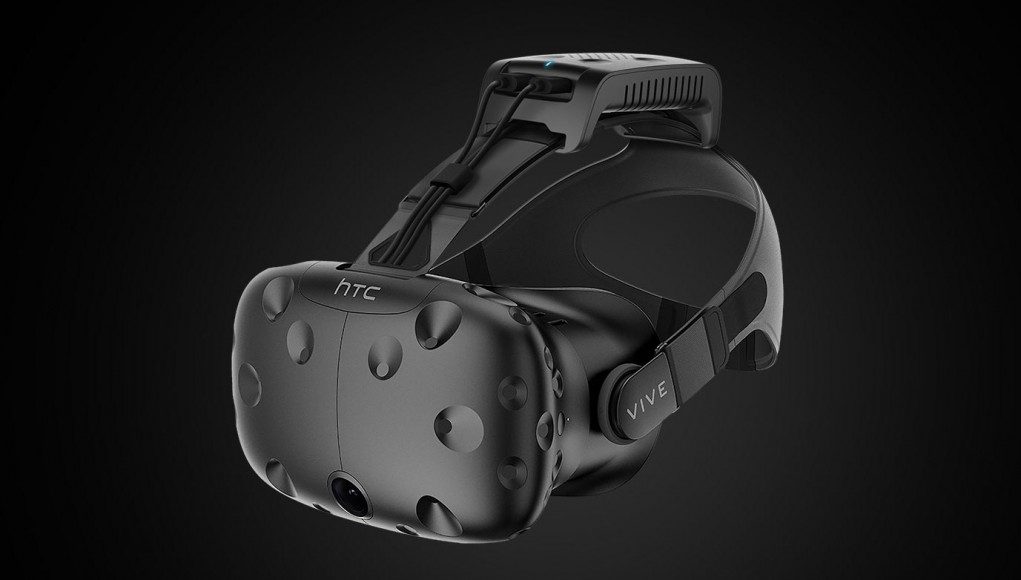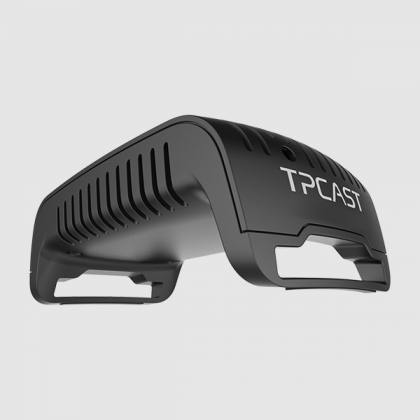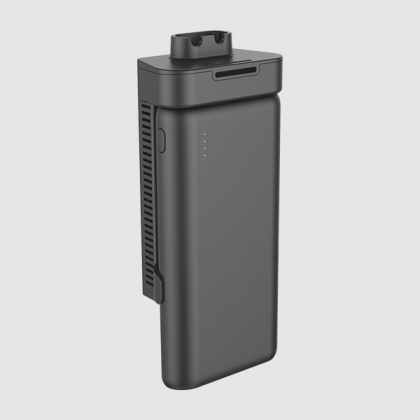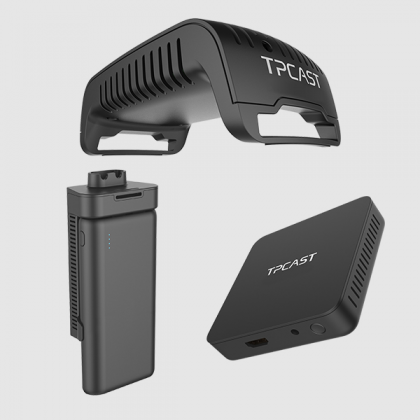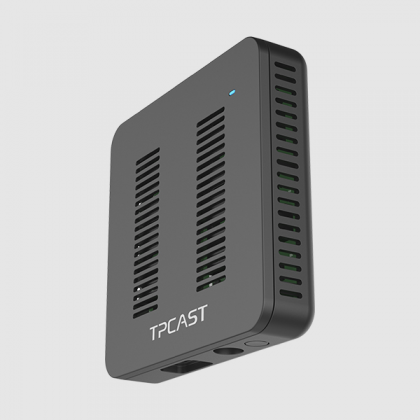TPCast, the wireless streaming device that lets HTC Vive owners play VR games cable-free, is now available for pre-order in most of continental Europe starting at €349 (or the regional equivalent) and the United States at $299.
Update (11/08/17): A previous version of this article stated that TPCast would be available in September in the US, but the company has since reneged on those claims and withdrew all US pre-orders. The company has now officially relaunched pre-orders. You can find info for US and Canada here.
Original Article (9/01/17): TPCast pre-orders are available in the following countries: Austria, Belgium, Czech Republic, Denmark, Finland, France, Germany, Ireland, Italy, Netherlands, Poland, Slovakia, Spain, Sweden, Switzerland and UK. Many distributors are quoting late October shipping dates.
Customers based in the US will still have to wait, as the company hasn’t said when US pre-orders will go live. The website however maintains that they’ll be shipping in the US “before Sep. 30th, 2017.”
TPCAST has already been available for pre-order via HTC’s Chinese Vive online store since November last year. Only a few short months later, HTC announced at CES earlier this year that the device would go on sale worldwide in Q2 2017 for $249. Now it’s apparent HTC isn’t handling regional distribution like they did in China though, as TPCast themselves have hand-picked a patchwork of online retailers.
In contrast to the current European price, which converts to $415 USD, it’s uncertain if the wireless VR solution will maintain such a low price as previously stated. Despite the built-in ~23% value-added tax (VAT) found in most European countries, US pricing will likely see a similar raise in expected price.
The company says their battery provides 5 hours of play time, and that the powerbank itself is swappable for extended operation. Our friends over at UploadVR got a hands-on, stating that visual fidelity of TPCast was “very high” and there was no noticeable latency when they tried it back in June.
What’s in the box
- 1x PC Transmitter
- 1x HMD Receiver
- 1x Power Box (with a 20000mAh power bank)
- 1x Router
- 1x USB Connection Line
- 1x HDMI Connection Line
- 1x User guide
Check out the full video guide from the company below to see just what sort of setup the TPCast demands.

